What is SEO and what impact does it have on your website? SEO stands for search engine optimization — this is a technique in which a search engine or a web crawler explores, reads and understands your content and your offering. If done well, this can improve your website traffic and can improve the visibility of your website dramatically. When designing or building a website, it is important to have a good SEO practice in place and structure the web pages accordingly. This will help your website rank higher and help users find information effortlessly. A “pretty” website doesn’t necessarily equal to a profitable or high conversion website.
Most businesses don’t think about SEO until after the site is built. You could have a website that looks good on the surface but if it is not optimized for the users to find what they are looking for, it is not going to do well in the end. SEO should be an integral part of your website designing and building process and having an SEO strategy in place will not only help with the overall ranking and visibility but also help turn the user into a happy customer.
We have gathered some tips on how best to optimize your site for better visibility and ranking. As a business owner, you should first have a clear understanding of the company and your offering. Once you have this in place structuring your web pages around your value proposition in addition to applying SEO best practices will help you create a functional website that is visible and user-friendly.
Let us start with a few basics of web page optimization.
1. Create a clear, structured and intuitive web pages
Search engines go through your content page by page so make sure to organize your pages in a clear and structured manner. Web crawlers search for link structure to find indexed pages. By structuring your site well, your pages are bound to be easily indexed and found.
The general rule of thumb is that users should be able to find what they are looking for in no more than three clicks. So building your web pages to have intuitive navigation will help the users find relevant content in the least amount of time possible.
2. Use keywords in your URL
Use a single keyword/phrase in your URL for best optimization. Also, the use of hyphens instead of underscores is preferred. When you use underscores in your URL, web crawlers read the phrase as one single word. So if you are thinking of using multiple words, make sure to break them up by using hyphens instead.
3. Static vs dynamic URLs
Static web addresses have legible keywords in their URLs. Here is an example: http://bit.ly/1vs1bc9
Whereas a dynamic URL looks like this: http://bit.ly/2BGiqyu. Search engines are accustomed to reading and understanding both types but for the human eye, dynamic URLs won’t work. If you are using sites like WordPress, it will automatically convert your web address into a static URL by identifying specific keywords in your title. But for best site optimization, choosing your own keywords is preferred. Keeping the URL address brief, descriptive and relevant will help the user understand at a glance what the website is all about and will in turn help with the keyword optimization.

4. Create a tag for every single page of your website
Creating a tag for your web pages will help describe what your domain is all about. Adding short sentences or keywords that describe the functionalities of the site will help the user find what they are looking for. To be able to have better control of your online space, make sure to keep your tags descriptive so when they appear on social media, SERP’s and external pages etc you can still protect your brand identity. Adding a meta description underneath will help represent your brand better. This will also help the user understand the brand and its essence before paying a visit to the website.
5. Optimizing images
Web crawlers read the text, not images. So to be able to understand images better you will need to add an alt attribute to help the search engines understand the meaning behind the images and what it represents. It is also helpful to bold the text underneath the image to help users understand that this image is particularly important for the reader. Whatever cms system you use, when uploading an image, use keywords to optimize it.
6. Keywords and sentences
To build a good SEO strategy, you should have a list of keywords that are relevant to your business. This means that your list should encapsulate all the popular words they search for when users look for websites that are similar to yours. Google keywords planner is a good tool to research keywords. Read more about this tool here. There are 3 main kinds of keywords- generic, broad match and the long tail. These bring different kinds of traffic to your web page- depending on the type, people who visit your site will either be one time users or will likely become your future clients. Make sure to optimize your website for local clients and searches. You can do this by adding your location as a keyword. The best places to add keywords in your content is in headings, subheading, and bolded texts. In addition to all of the above, track and record your SEO rankings. If you don’t track the performance of your keywords, you will fail to optimize your website in the best way possible. In order to do this, you have to know which keywords work in favor of your rankings.
7. Pay attention to your content
One of the most important factors of SEO is your content so make sure to publish high-quality content that is rich in keywords. By carefully planning and strategizing your content you will be able to tailor it to your targeted audience and this will keep them interested and engaged while navigating through your website.
8. Link building
Invest in link building. Second most important SEO factor is inbound links that come to your site. When you invest in building links make sure to look for quality ones. Search engines will trust your site more if an authoritative website links to yours. Try to avoid sponsored links as this won’t bring much traffic or credibility to your website.
After implementing these SEO strategies don’t forget to monitor them. If you don’t track your efforts you won’t know the impact of your strategy. In addition to this keep an eye on your competitors and their SEO keywords and strategies. This will help you gain a better understanding of how SEO strategies work across the marketplace. We hope that these tips will come in handy in your SEO adventure. Write to us or leave us a comment if you found this article helpful. We love to hear from you!
The post Web Design and SEO: Tips, Tricks and Common Mistakes appeared first on Web Design Blog | Magazine for Designers.
via http://bit.ly/2BHzXX5
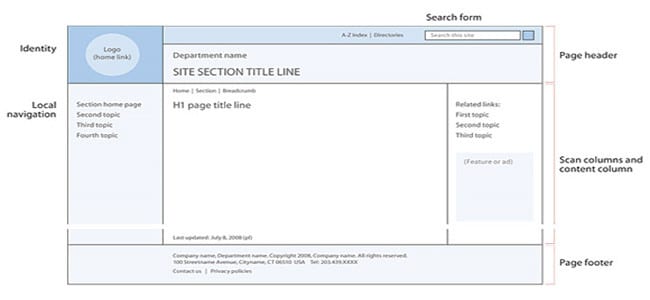
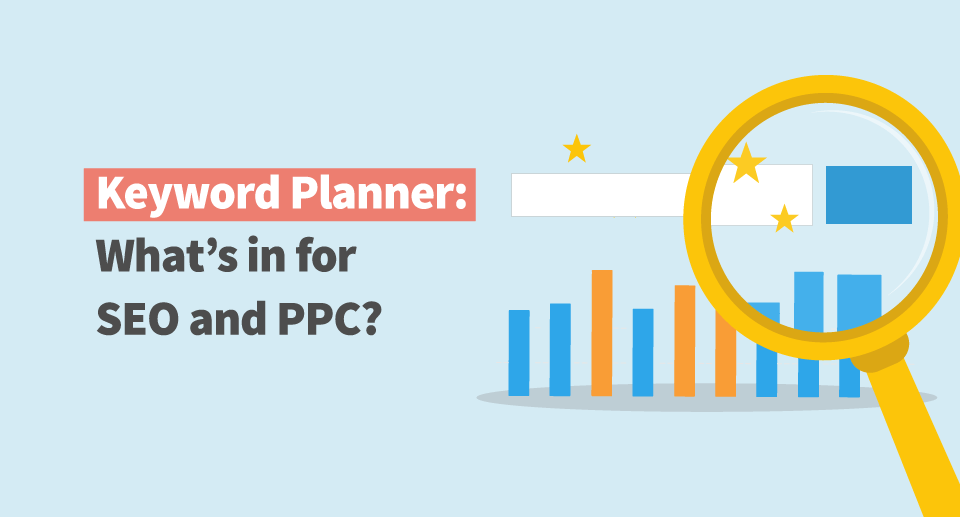
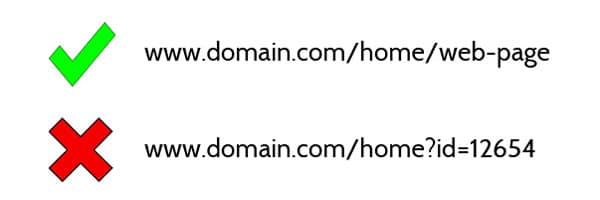
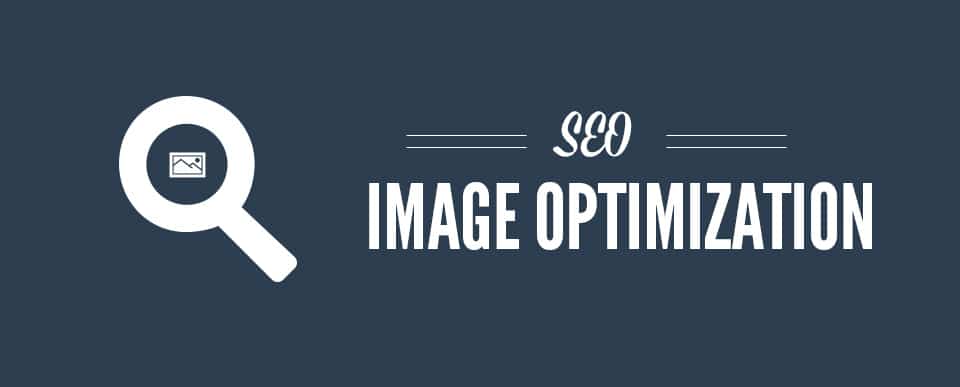

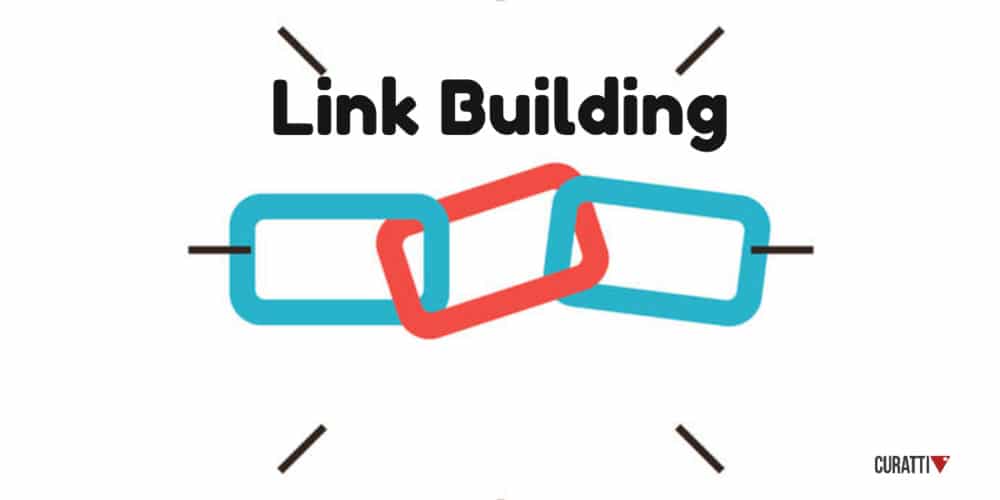

No comments:
Post a Comment